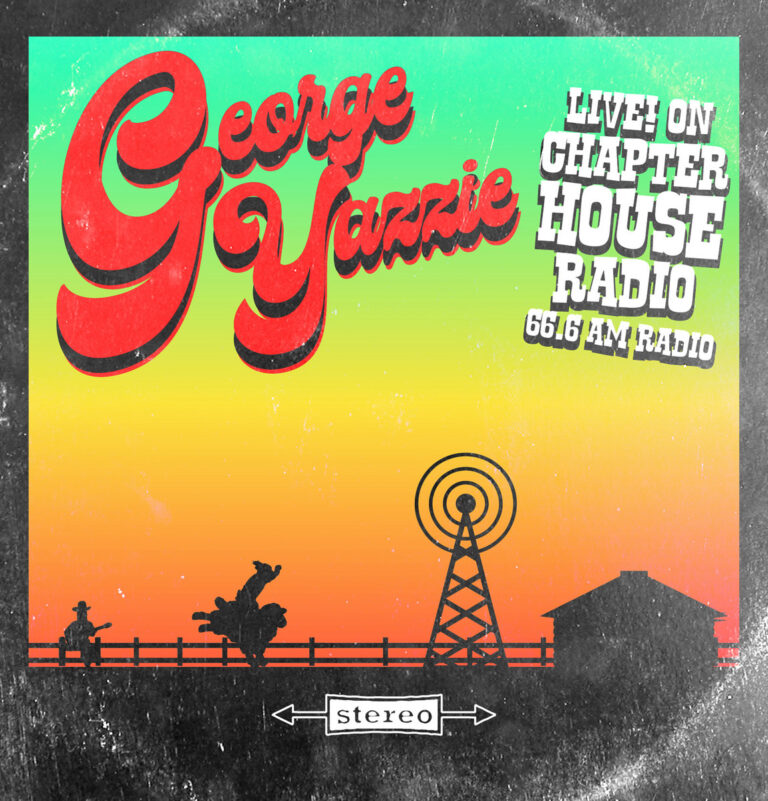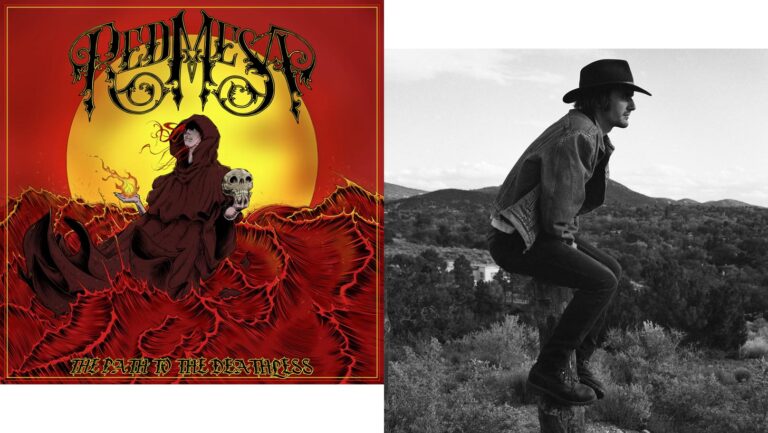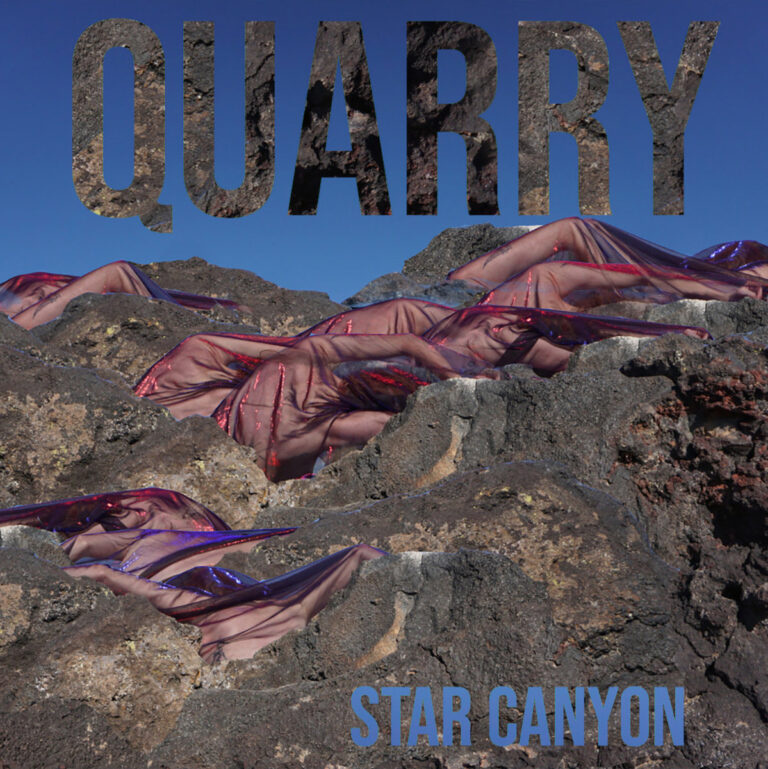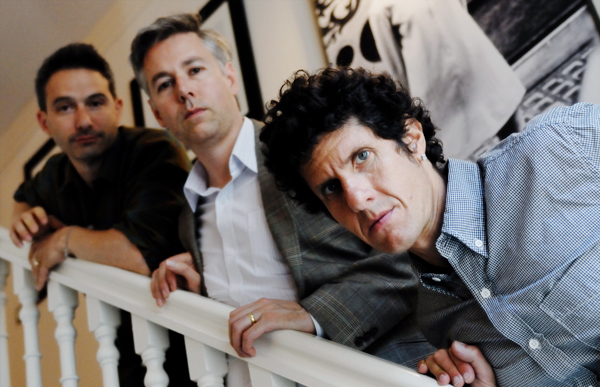His first three symphonies are finally available on a bargain price disc that received two Grammy nominations last year.
The First Symphony, composed between 1948 and 1950, received only a few performances before fading into relative obscurity. While there is no question that Rorem's unabashed tonality grew increasingly out of favor during the reign of serial supremacy, conductor José Serebrier's performance renders continued cold shoulder treatment incomprehensible. Especially attractive is the final movement. With one of its themes taken from an Arab wedding tune, the music grows increasingly joyful and animated, with a finish that must have left the heady intellectuals of earlier decades desperate for multi-syllabic dismissals.
The Second Symphony received the last of its few performances in 1959. The pastoral quality of its lovely second movement unquestionably reflects Rorem's excellence as a songwriter; it is as irresistible as the rollicking allegro that concludes the work.
The Third Symphony is a special delight. Composed in 1958, it had a successful New York Philharmonic premiere under Bernstein, but for no rational reason, has seldom been heard since. Beginning with a big, mysterious opening Passacaglia, it transitions into a very attractive, jazzy second movement Allegro that was originally intended for two pianos. The Largo is dreamy and somnambulistic. The fourth movement Andante, intended as a farewell to France, impresses with colors reminiscent of impressionist paintings of the French countryside at twilight. Wistful and lovely, its beautiful atmosphere lingers long in the memory. The same holds true for the final Allegro molto. With its castanets and snare drum, its bubbling woodwinds and dance-like lyricism, the movement grows to an affirming, joyous conclusion that will leave many listeners hitting “Repeat.”








